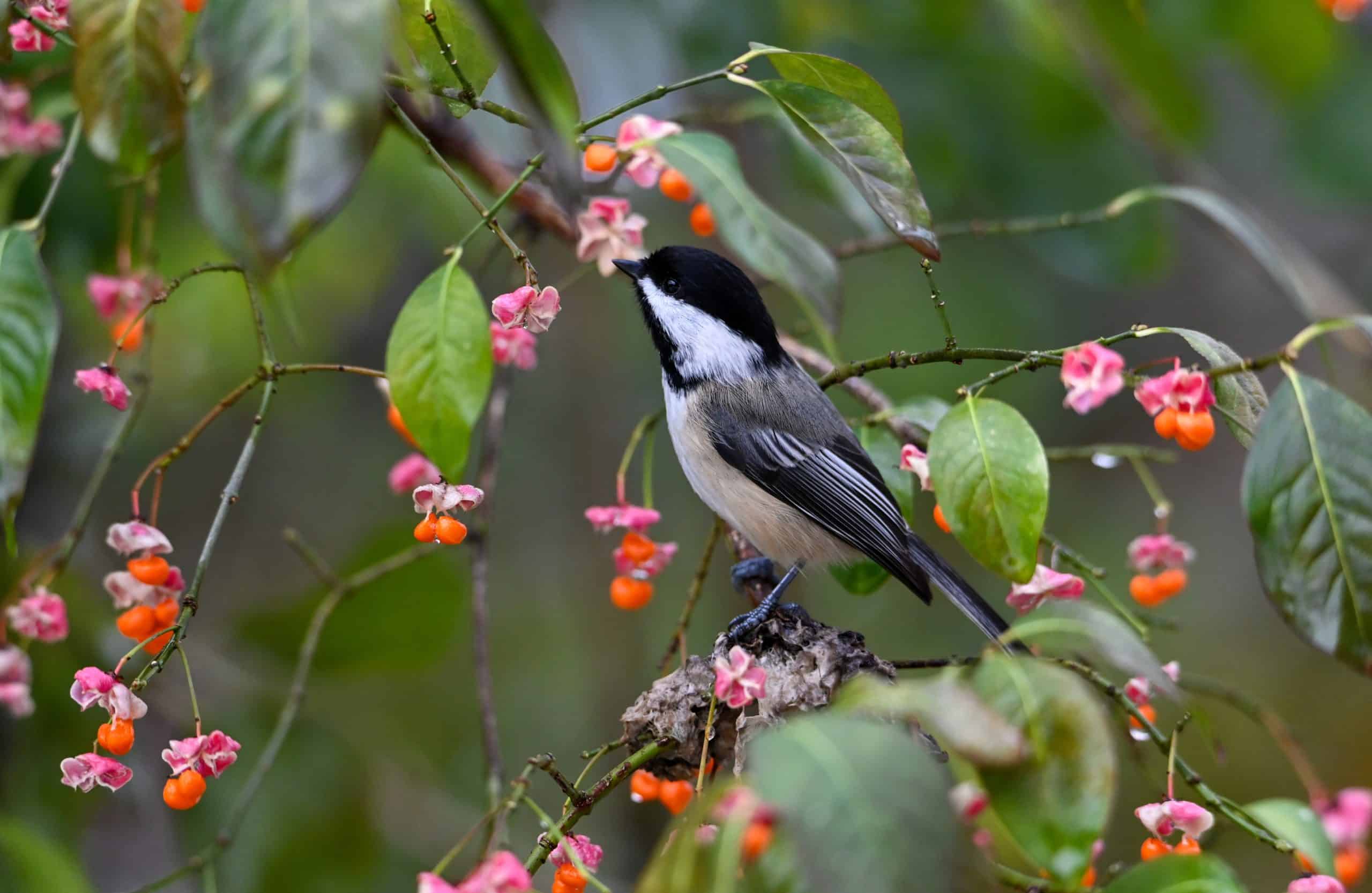How to Develop a Positive Sleep Environment for a Nocturnal Pet like a Sugar Glider?

If you are a pet enthusiast with an inclination towards nocturnal animals, you might have considered hosting a sugar glider. These marsupials are fascinating creatures, with their curious eyes, fluffy tails, and the ability to glide through the air. However, the care and maintenance of these tiny creatures can be a bit of a challenge, especially when it comes to their sleep habits. As nocturnal animals, sugar gliders sleep during the day and remain active during the night. Hence, creating a favorable sleep environment for them is crucial for their well-being. This article will discuss how you can keep your sugar glider content by looking at the significance of a glider cage, diet, toys, and bonding time.
Glider Cage: A Safe Haven for Your Pet
A glider cage represents more than just an enclosure for your sugar glider. It is their home, their safe space. As a nocturnal pet, a sugar glider spends most of its day sleeping, and thus, the cage will serve as a crucial component of their sleep environment.
Lire également : What are the Best Low-Dust Bedding Options for Allergic Pet Owners?
The cage should be large enough for the glider to move around freely, with multiple levels of branches and shelves for them to climb. Remember, sugar gliders are arboreal creatures, meaning they spend most of their time in trees in the wild. Hence, a tall, spacious cage with plenty of vertical space will help replicate their natural habitat.
Ensure the cage is well-ventilated, with bars or mesh for the glider to cling onto. The cage should also be secure to prevent escape attempts and to keep predators out. Equip the cage with a comfortable, dark nest box for your pet to sleep during the day. Filling it with soft, warm fabric will further enhance their sleep comfort.
En parallèle : What Are the best Lightweight Harness Options for Toy Dog Breeds?
The Importance of Diet: Fueling Your Glider’s Night Activities
Just like humans, sugar gliders require a balanced diet to maintain their health and energy. But what does this have to do with their sleep environment, you may wonder?
The right diet will ensure that your glider has enough energy to stay active during their awake hours i.e., the night. A well-fed sugar glider is more likely to sleep soundly during the day, reducing their stress levels and making them happier overall.
A sugar glider’s diet should consist of fruits, vegetables, proteins, and nectar or honey. Vitamins and minerals are also important for their health. Avoid feeding them processed and sugary foods, as these can lead to obesity and other health issues. Consult with a vet or a glider care expert to devise the right diet for your pet.
Playtime and Toys: Keeping Your Glider’s Night Full of Fun
Playtime and toys are essential to keep your sugar glider entertained and active at night. Providing a variety of toys in the cage will not only help them expend energy but also stimulate their intellect, keeping them engaged and less likely to disrupt their day sleep.
Try to include toys that encourage natural behaviors like foraging and climbing. Hanging toys, for example, can be great fun for them. But always ensure that the toys are safe and not made of materials that could harm your pet.
Bonding Time: Creating a Connection That Helps Your Pet Sleep Better
Lastly, bonding time plays a vital role in developing a positive sleep environment for your sugar glider. Bonding helps establish trust between you and your pet, making your glider feel safe and relaxed. This, in turn, can help them sleep better during the day.
Bonding with a sugar glider can be as simple as letting them sleep in your pocket during the day, talking to them in a gentle voice, or spending time with them during their active hours at night. However, always remember to respect their sleep schedules and not wake them up during their sleep hours. This will help them keep their circadian rhythm intact and let them get the rest they need.
In conclusion, creating a positive sleep environment for a nocturnal pet like a sugar glider requires a thorough understanding of their natural behaviors and needs. By providing a suitable cage, maintaining a balanced diet, providing fun toys, and spending quality bonding time with your pet, you can ensure they lead a content and healthy life.
Understanding Health Problems: Prevention and Care for Your Sugar Glider
Knowing potential health problems that sugar gliders may face and how to prevent them is part of creating a positive sleep environment for your pet. Any ailment can disrupt your pet’s sleep, disturb their day-night cycle, and affect their overall well-being.
The most common health problems for sugar gliders include malnutrition, obesity, stress, parasites, and dental issues. These can be prevented by maintaining a balanced diet of fruits, vegetables, proteins, and nectar or honey, as mentioned earlier. A well-fed glider will have a strong immune system that can fight off ailments, ensuring they sleep well during the day and remain active at night.
Regular check-ups with a vet experienced in exotic pets are vital to detect any potential health issues early. In case of any unusual behavior, such as excessive sleepiness or loss of appetite, consult your vet immediately. By being proactive about your sugar glider’s health, you can prevent many of these conditions and keep your pet in the best possible shape.
Respecting Privacy: Proper Handling for a Nocturnal Pet Sugar Glider
Respecting the privacy of your sugar glider is equally important. As nocturnal creatures, sugar gliders need their daytime sleep to remain healthy and active during the night. Therefore, avoid unnecessary disturbances during the day. This means no loud noises, and if children are in the house, teaching them to respect the pet’s sleep time.
Further, handling your sugar glider properly is key. Always wash your hands before and after handling your pet to prevent the spread of bacteria or parasites. Be gentle and patient with them, especially during the bonding process. Abrupt or forceful handling can lead to stress and fear, disrupting their sleep patterns.
Remember that each sugar glider has its unique personality and comfort levels. Spend time observing your pet’s behavior to better understand their needs. This will help you create a comfortable and positive sleep environment for them.
Conclusion
In conclusion, developing a positive sleep environment for a nocturnal pet like a sugar glider takes diligent care, patience, and understanding. From providing a spacious and secure glider cage, to maintaining a balanced diet, and providing engaging toys, every aspect contributes to your pet’s well-being.
Understanding potential health problems and taking preventative measures, as well as respecting their privacy is paramount in ensuring a healthy life for your pet. Remember, the more comfortable and secure your sugar glider feels, the more likely they are to keep a regular sleep cycle.
As sugar glider owners, it’s your responsibility to ensure they get the care they need. It’s certainly a commitment, but the rewards of sharing your life with these incredible marsupials are worth every effort. After all, seeing your sugar glider thrive is the greatest satisfaction a pet owner can experience.
